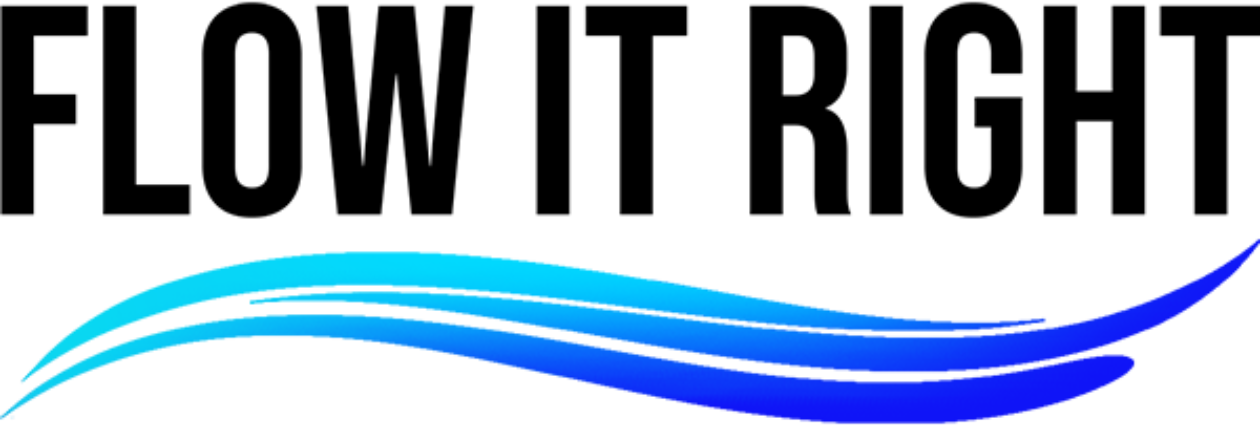Kaizen
“Change for the better” through workshops, employee engagement and problem solving techniques
The nature of Kaizen is to create an atmosphere and culture of continuous improvement, by focusing people on solving problems. In short, Kaizen means continuous improvement through incremental improvement.
KAI (to modify, to change) + ZEN (think, make good, make better) = KAIZEN
We schedule and execute a series of procedures whereby we eliminate waste at minimal cost through workers pooling their expertise. We inform people that waste exists everywhere: whether it be processes, materials, facilities, or production configuration.
Gemba
To understand a situation, one needs to go to the Gemba: the “real place” where work is done. This is used in our process improvement context to refer to the place where value is added, such as a manufacturing area, warehouse, or an office. Gemba refers to any work area where people create value. The best way to understand a business is a Gemba Walk, a term used to describe personal observation of work taking place in the Gemba.
We will train companies as they start adhering to Lean principles to have regularly scheduled Gemba walks by executives/managers following three basic principles. “Go See”, “Ask Why” and “Show Respect”.
Equip Employees at all levels in the organization to see any activity that consumes resources but creates no value for the customer.
Most activities are waste (Muda) and fall into one of two types.
Type one Muda creates no value but is unavoidable with current technologies and production assets. An example would be inspecting welds to ensure they are safe.
Type two Muda creates no value and can be eliminated immediately. An example is a process with disconnected steps that can be quickly reconfigured into a cell where wasteful materials movements and inventories no longer are required.
8 Forms of Waste
Equip employees to know and identify all forms of waste in to remove anything that does not add value to the final product or contribute to the product’s transformation.
Defects: Waste related to poor quality, including creating, finding, recording, and fixing defects (Not done right the first time).
Overproduction: Producing more material than needed for immediate consumption or customer requirements.
Waiting: Product, people, or machines delayed due to earlier processes.
Not Tapping Potential: Waste due to not fully utilizing resources available, including human intellect and to resisting new ways of thinking or performing functions.
Transportation: Waste related to physical movement of product to various locations.
Inventory: Waste related to storing product without specific, current requirements.
Motion: Waste related to movement of people or equipment within a task or related to poor ergonomics.
Excess Processing: Waste related to not understanding actual customer requirements and performing tasks & functions with greater depth than required.


